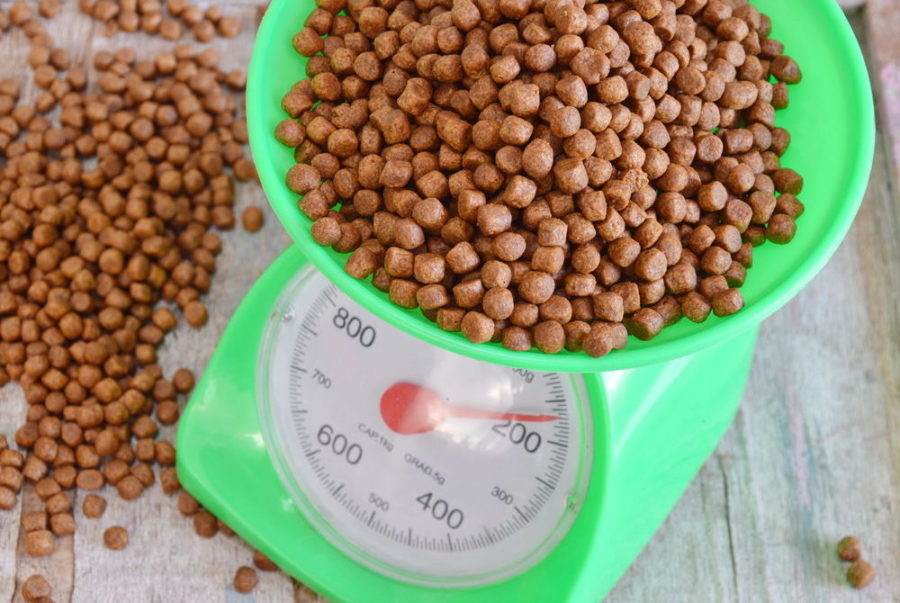When it comes to protein requirements, every dog is different! Here’s what to keep in mind when helping your clients plan their canine companions’ diets.
Protein is a hot topic in dog nutrition. However, there is a lot of confusion about how much is enough and which ingredient sources are the best.
First, it is the amino acids found in protein, rather than the protein itself, that dogs require. When people think of protein they typically think of meat. However, there are many sources of protein. Both essential and non-essential amino acids are found in plant and animal protein sources in varying levels. Although the structure of an amino acid is the same regardless of the protein source and a dog’s body does not distinguish between different sources of amino acids, the amount of amino acids that each protein supplies is unique. Essential amino acid requirements can be met by animal protein sources, complementary plant sources, or a combination of both animal and plant sources. Complete and balanced pet foods must contain all the essential amino acids in the amounts required by dogs.
 Requirements vary widely
Requirements vary widely
Protein levels in pet foods have been slowly creeping up over the years. How much do dogs and cats really need? Protein requirements vary depending on species and life stage. Cats are obligate carnivores and need more protein than dogs. Puppies and kittens have higher requirements than adult dogs and cats because the additional protein is necessary for new tissue development. According to the Association of American Feed Control Officials (AAFCO), adult dogs and cats require a minimum of 18 and 26 percent protein (dry matter basis), respectively, while ensuring that all essential amino acid requirements are met. Higher protein levels may be needed in some circumstances, such as canine athletes performing endurance exercise or critically ill patients.
The case for plant-based proteins
 Protein is an environmentally and metabolically expensive nutrient. Excess protein cannot be stored by the body; rather, it is broken down for energy or stored as fat. The nitrogen from protein metabolism is converted to urea and excreted in urine. This is a wasteful end to a costly ingredient and contributes to harmful environmental nitrogen pollution. Eating lower down on the food chain by choosing dog foods that contain plant protein sources is more efficient and creates a smaller ecological footprint. It is estimated that it takes approximately 10 grams of plant protein fed to livestock to produce 1 gram of meat protein. Common sources of plant-based protein in dog food include grains, seeds, and pulses (peas, lentils, chickpeas and beans).
Protein is an environmentally and metabolically expensive nutrient. Excess protein cannot be stored by the body; rather, it is broken down for energy or stored as fat. The nitrogen from protein metabolism is converted to urea and excreted in urine. This is a wasteful end to a costly ingredient and contributes to harmful environmental nitrogen pollution. Eating lower down on the food chain by choosing dog foods that contain plant protein sources is more efficient and creates a smaller ecological footprint. It is estimated that it takes approximately 10 grams of plant protein fed to livestock to produce 1 gram of meat protein. Common sources of plant-based protein in dog food include grains, seeds, and pulses (peas, lentils, chickpeas and beans).
For dogs with sensitivities to animal proteins, a properly formulated vegan diet may be a solution. A vegan diet can also be used as a rotational diet for pet parents who want to offer their dog a diet that includes meat, but want to use a plant-based, sustainable diet for their pet once in a while.
Protein is a vital component in pet food that provide the essential amino acids dogs need to be strong and healthy. However, it is important to remember that like most nutrients, while some is good, more is not necessarily better.
[pro_ad_display_adzone id=”31591″]






